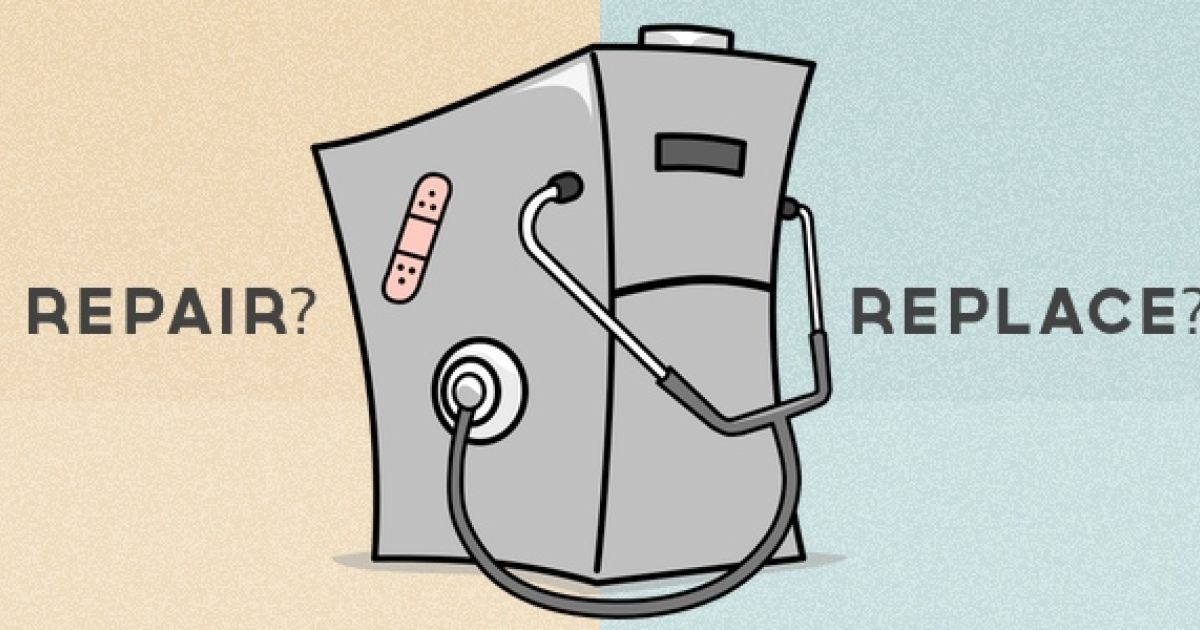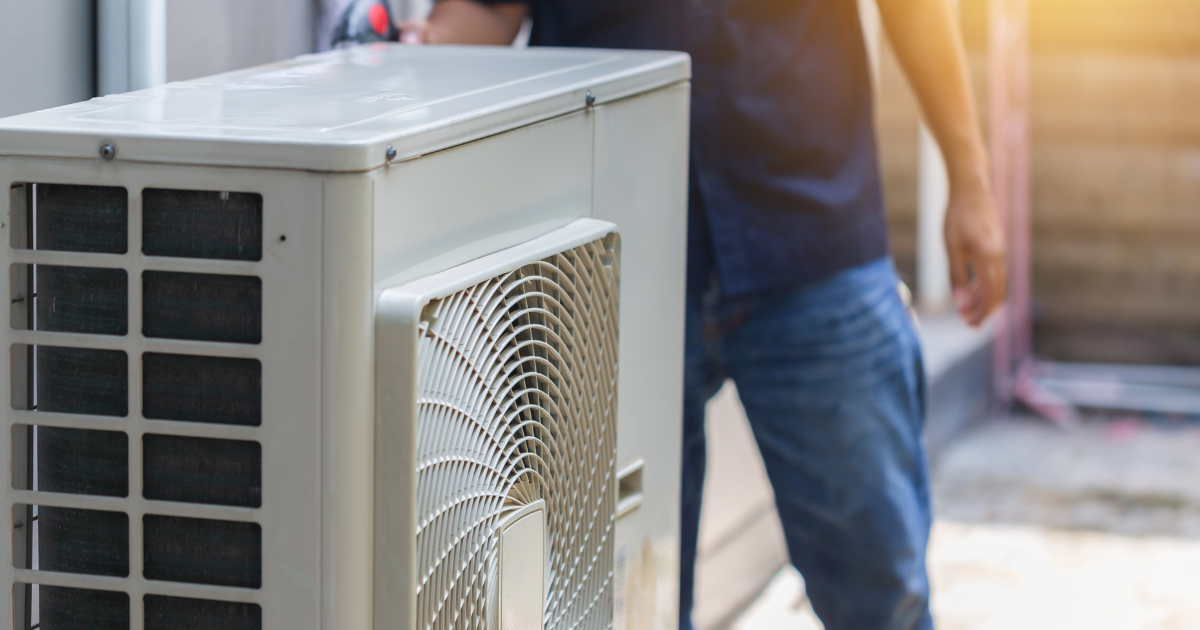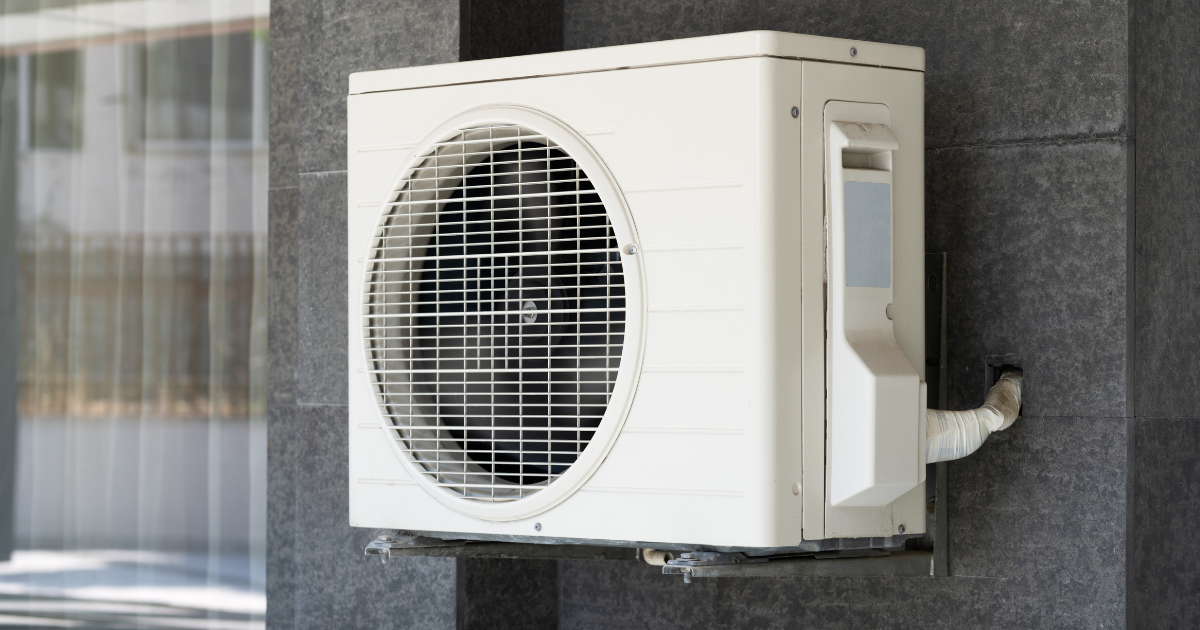How to know which way to go?
Comfort means everything when you’re at home. A big part of that quality of life is a temperature-controlled home that provides heat in the cold months and cool air in the summer. A properly functioning furnace is a necessity to the health, happiness, and well-being of your family.
When your furnace starts acting up, you may not have to completely replace it. A professional technician can take a look at your furnace and let you know what simple repairs will get it back in top operating shape. To get an idea of what you might be up against, take a look at these times you may need simple repair work and the times you will likely need to replace the entire furnace unit.
Common furnace repair issues:
Thermostat malfunction: Sometimes a furnace may appear to be working improperly, but all it really needs is an adjustment to the thermostat itself. No heat, a malfunctioning fan, or temperature discomfort are all signs that your thermostat needs to be tested and potentially repaired. A professional can quickly diagnose the problem and replace the thermostat if necessary.
Pilot or ignition failure: Your furnace will simply not heat your home without a proper flame—a pilot light in gas furnaces and an ignition in electric furnaces. Both of these parts can be replaced by a professional easily, putting your furnace back in working order without impacting the rest of the unit.
Clogged filter: We recommend that you replace typical furnace filters once a month during the peak season. High-efficiency filters cost a little more but only need to be replaced once every three months, some even up to a year! Properly maintaining and changing your furnace filter will keep dirt, dust, and debris from clogging the furnace, allowing it to work properly without any incident. This is perhaps the easiest, most inexpensive way to maintain your furnace, so make yourself a monthly or tri-monthly reminder to change your filters.
Broken fan motors, bearings, or belts: If you are having difficulties with air flow or temperature control, you may need to replace a basic furnace part, like a fan motor, belt, or bearings. This is relatively simple for a professional to repair but too complicated for inexperienced homeowners to accomplish on their own.
Signs you need a full furnace replacement:
Old age: The average furnace should last 16 to 20 years with proper maintenance. If your furnace is giving you problems and is getting up there in years, it is probably in your family’s best interest to replace it. If you are unsure of when the furnace was installed, you can find the manufacture date printed on the unit itself to give you a general idea.
Frequent repairs: If you notice that the times your furnace repair calls are becoming more frequent, your furnace is likely on its last leg. Like a car, most repairs in a furnace occur in the last two to three years of its life. Instead of paying for costly repair after costly repair, go ahead and upgrade your furnace.
Thermostat inconsistency: If you find that your home is simply not as comfortable at your preferred temperature as usual or that you are constantly adjusting your thermostat, it may be time to think about a full furnace replacement. Constant meddling with temperature controls and differences in temperature from one room to the next are signs that your furnace is no longer able to heat your home adequately or efficiently.
Lack of moisture in the air: As furnaces age, their ability to moisturize and clean the air wavers. Signs of this may be subtle, like more static electricity, musical instruments out of tune, or house plants with limp leaves. More obvious signs may be increased allergy symptoms in the home or more instances of sore/dry throats.
Yellow burner flame: The pilot light of a gas furnace should always be blue. If you notice that yours has a yellow hue instead, it means that carbon monoxide may be creeping into your home. There are other signs of carbon monoxide poisoning, too, including excess moisture on walls and windows, soot around the furnace, and rust on the vent pipe or pipe connections.
Decline in family health: When the heat exchanger in a furnace goes bad, carbon monoxide risks seeping into the home through the ductwork. If family members are feeling tired, nauseous, or disoriented, you should have your furnace checked immediately by a professional as these are symptoms of carbon monoxide poisoning. Installing carbon monoxide detectors is another important way to keep your family safe from this silent, odorless gas.
There are many variables and working parts that go into a safe, efficient, and properly running furnace. It is important to pay attention to your furnace and the signs that it may be in need of repair. A simple repair can turn into an expensive one without professional assistance. The safety and comfort of your family is too important to ignore, so take care of your heating system and have a trusted furnace professional like Bob Jenson ready to answer your maintenance or emergency calls.

Bob Jenson
For over 45 years, Bob Jenson has been providing quality heating and air services to the San Diego community.
Request Service
Please fill out the form below to request an estimate or schedule service.
"*" indicates required fields







